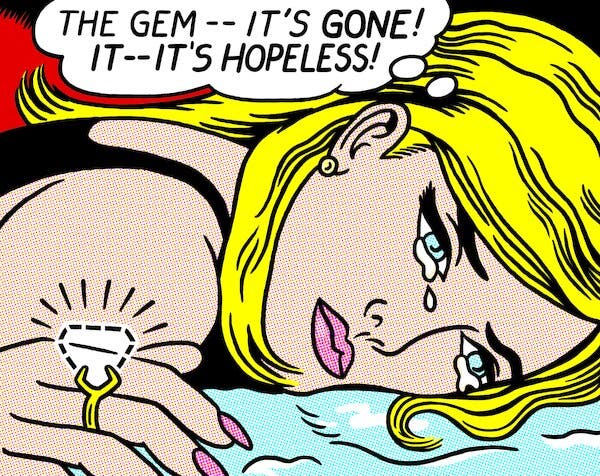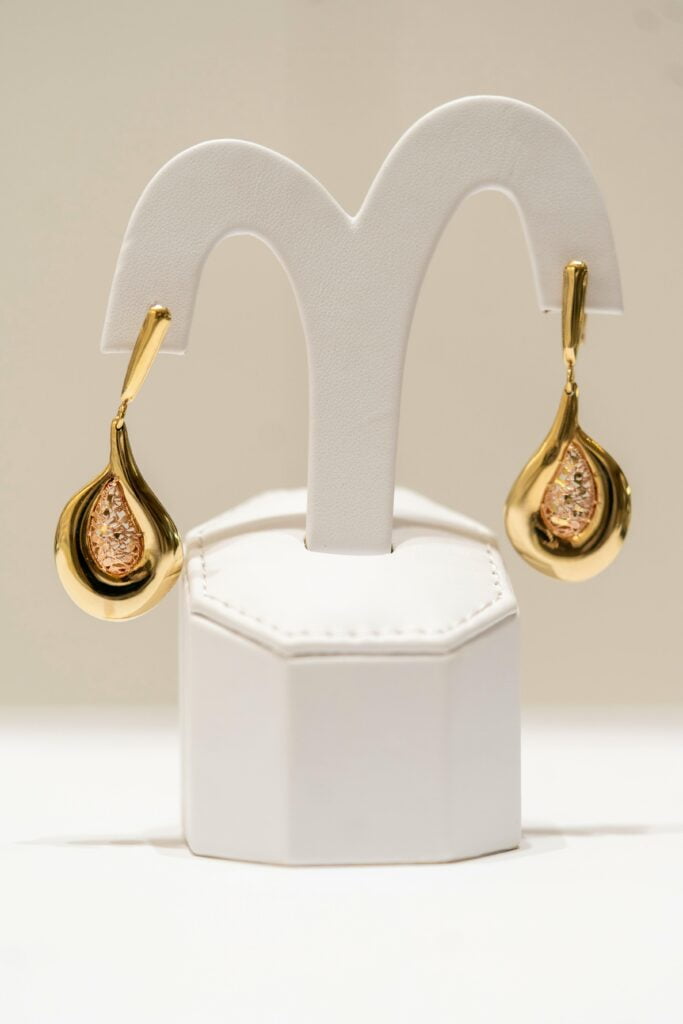In the realm of precious gems and exquisite jewelry, the heart-sinking tragedy of a lost or damaged stone is a genuine concern. This article, “Preventing Jewelry Accidents: Essential Tips on Checking your Gems for Loose or Damaged Stones,” offers valuable advice from experts in the field. It explores the unfortunate event of a gemstone falling out, revealing that such incidents are more common than you might assume. You’ll find how to recognize signs of a loose or damaged stone and learn precautionary measures that could save your precious jewelry from such mishaps. Importantly, it suggests dealing promptly with any potential issue, to prevent the worst from occurring. It’s a cautionary tale for all jewelry-lovers seeking to safeguard their precious adornments.
1. Understanding the Risk Factors
Role of common jewelry wear habits in causing loose or damaged stones
Your jewelry wear habits can play a critical role in causing loose or damaged stones. Long-standing practices such as haphazardly removing jewelry, scratching it against surfaces, or exposing it to harsh chemicals can result in the loosening or damage of gemstones. Jewelry lovers may be oblivious to these behaviors which compromise the structural integrity of their precious accessories, making them prone to accidents.
Impact of physical environments and activities on jewelry
Physical environments and activities significantly impact your jewelry. Exposure to extreme temperatures, water, and chemicals from cleaning agents, beauty products, or even sweat can cause your gems to loosen or damage. High-contact activities such as sports or manual work can also exert physical stress on your jewelry, increasing the likelihood of damaged or loose stones.
2. Recognizing the Warning Signs
Common signs that indicate loose gemstones
There are numerous telltale signs that indicate loose gemstones. For example, you may feel a rattling sensation within your jewelry, or notice that the gemstone no longer fits snugly in its setting. You may also hear a small rattling sound when shaking your jewelry. Round diamonds might also rotate within their settings, signaling that they may be compromised.
Understanding the symptoms of damaged stones
Beyond loosening, your gemstones may also be susceptible to chips, cracks, or even fractures that exacerbate their instability in their settings. A close examination may reveal such damage, which can be felt as roughness or seen as chips along the edges of the stones.

3. The Importance of Regular Checks
Recommended frequency for jewelry checks
To prevent any regrettable loss of gemstones, regular checks are recommended. It would be beneficial to examine your jewelry for any loose or damaged stones weekly. Additionally, requesting a professional inspection of your jewelry every six months to a year will further maintain its structural integrity.
The detrimental impacts of neglecting routine checks
Neglecting routine checks has detrimental impacts on your jewelry. Silent, ongoing damage can worsen over time, leading to the eventual loss of gemstones. A loose or damaged stone in your jewelry is an accident waiting to happen, and it can occur at highly inconvenient times.
4. How to Check for Loose Stones
Basic methods for checking loose stones at home
At home, one basic method of checking for loose stones entails holding your jewelry up to your ear and giving it a gentle shake. If you hear a rattling sound, this indicates that your gemstones might be loose. Feeling for any movement of the stones within their setting is another straightforward technique.
Advanced techniques for assessing the tightness of gems
For a more in-depth analysis, you can use magnification or a fine-point probe to assess the tightness of your gems. These advanced techniques require you to gently nudge the gemstone to see if it shifts within its setting, alerting you to any potential looseness.

5. Checking for Damaged Stones
Tips for identifying chips or cracks on gems
Identifying chips or cracks on gems can be done visually or by feel. Run your fingers gently over the surface of your stones. If it feels rough or uneven, this might indicate damage. You can also visually inspect your stones under good lighting for any visible chips or cracks.
Understanding the implications of damaged stones on jewelry durability
Damaged stones greatly compromise the longevity of your jewelry. Cracked or chipped gems are considerably weaker and more susceptible to further harm, jeopardizing the overall durability of the jewelry piece.
6. Preventing Damage to Gemstones
Best practices for handling and wearing jewelry
Prevention is better than cure, which is why adopting best practices for handling and wearing your jewelry is imperative. Handle your jewelry with care, avoid wearing it during high-contact activities, and limit its exposure to harsh chemicals or extreme temperatures.
Preventive measures to secure gemstones
Secure your gemstones by opting for protective settings that minimize their exposure and risk of damage. Regular inspections and repairs of settings are also essential to ensuring the ongoing security of your gems.

7. Expert Assistance in Evaluating Jewelry
Benefits of professional jewelry inspections
Professional jewelry inspections offer benefits such as expert assessment, preventive advice, and thorough cleaning that you might not accomplish with home checks alone. These inspections ensure that unseen damage is identified and tackled early, prolonging the life of your jewelry.
Choosing a trusted jeweler for routine checks
Selecting a trusted jeweler for routine checks is crucial. Look for a jeweler with positive customer testimonials, a wealth of experience, and a reputation for upholding the highest standards of customer care and professionalism.
8. Addressing Loose or Damaged Stones
Immediate actions to take when discovering loose or damaged stones
Upon discovering loose or damaged stones, take immediate action. Remove the jewelry and secure it in a safe place until it can be assessed and repaired by a professional. Do not delay in seeking expert assistance, as delay could worsen the damage or result in loss of gemstones.
Options for repairing or replacing flawed gems
There are several options for repairing or replacing flawed gems. If the stone is loose, it can often be tightened or reset in its place. If the stone is damaged, it may need to be professionally repaired or replaced entirely.

9. Basic Jewelry Maintenance
Role of regular cleaning in maintaining gem integrity
Regular cleaning plays a significant role in maintaining the integrity of your gemstones. Dirt, dust, and grim can accumulate over time, affecting the appearance and potentially loosening the setting of your gemstones. Gentle and routine cleaning keeps your jewelry gleaming and secure.
Consideration for regular re-pronging or remounting of stones
For added security, consider regular re-pronging or remounting of stones. These preventive measures provide additional assurance that your gemstones remain securely in their settings. They also present an opportunity to update the design of your jewelry if desired.
10. Insurance and Coverage for Jewelry Accidents
Understanding jewelry insurance options
Understanding your options for jewelry insurance can offer peace of mind. Policies often cover scenarios such as theft, loss, or accidental damage. While it doesn’t prevent accidents, insurance provides a safety net to help cover the cost of repair or replacement.
The importance of adequate coverage for high-value items
With high-value items, the importance of adequate coverage cannot be overstated. As the value of your jewelry increases, so does the need for comprehensive insurance that protects your investment against unexpected loss or damage. Don’t shy away from discussing your insurance options with an expert and ensuring you are adequately covered.

